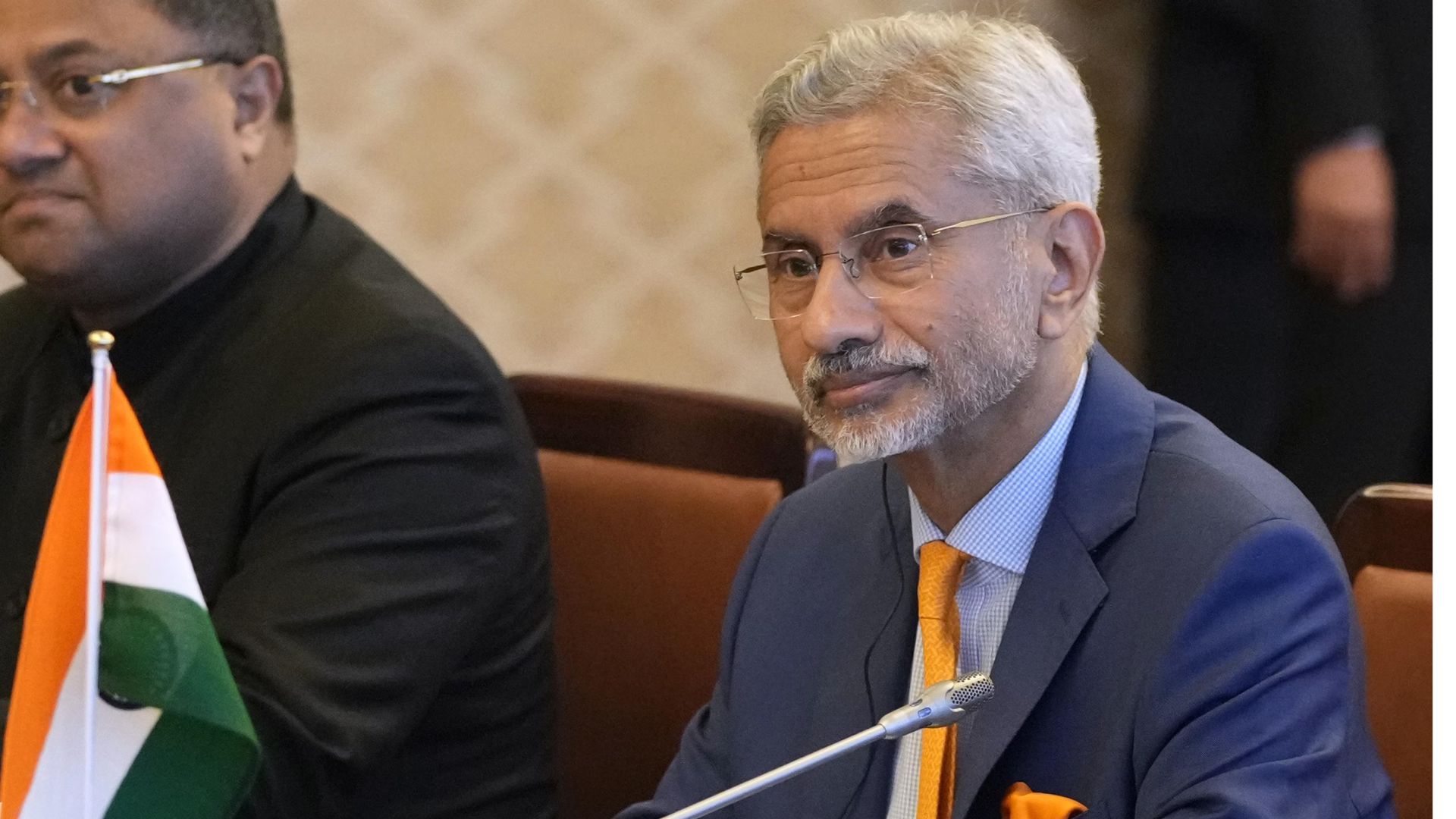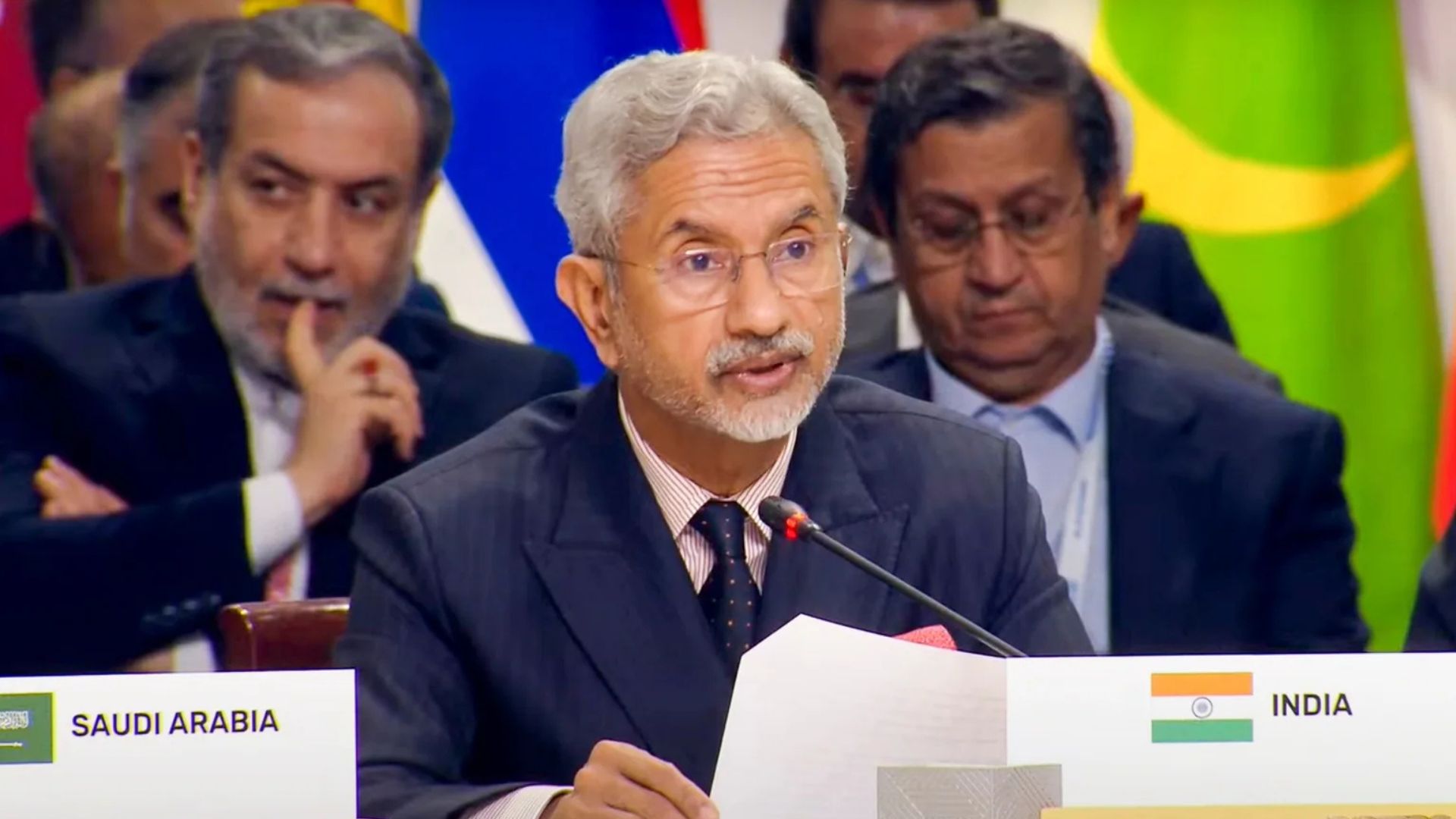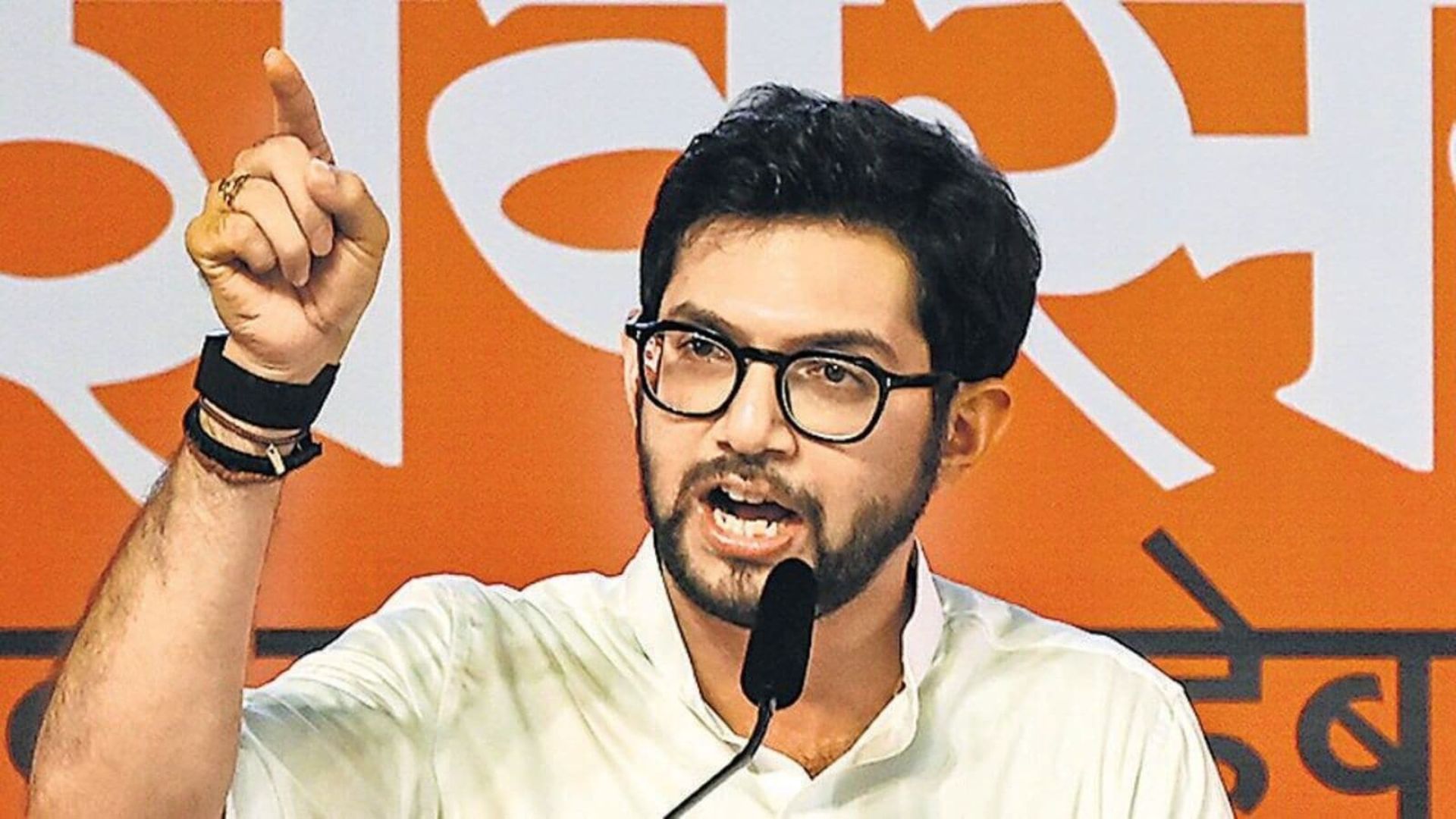
A full-fledged information warfare has been launched against India by elements inimical to its interests. Suddenly news reports are popping up internationally about how the Indian establishment has been wanting “to sort out” the Gurpatwant Singh Pannun problem. The latest media report is about a “leaked” “Ministry of External Affairs memo” speaking of cracking down on “diaspora Sikh activists”, by listing the potential targets including Hardeep Singh Nijjar, who was killed in Canada in June. The MEA has rubbished the claim by calling the memo fabricated and part of a “sustained disinformation campaign against India”, by using a media outlet “known for propagating fake narratives peddled by Pakistani intelligence”. Even independent observers have pointed out the glaring errors and inconsistencies in the so-called memo, thus questioning its authenticity. It’s becoming increasingly clear that these attempts are escalating in order to add weight to the fiction of a “rogue Indian government” plotting to kill Pannun on American soil.
While this latest memo has been discredited, it is problematic that the narrative of India carrying out “transnational repression” may be gaining currency, and has the potential to have some impact on the strategic partnership between India and the United States. Let’s make no mistake, all this narrative building is about painting India in the same colours as Russia and China, and thus derailing India-US relations. In fact, this was reflected in a recent hearing of the US Senate Committee on Foreign Relations on transnational repression, where Democratic Senator Tim Kaine brought up the topic of “India trying to assassinate” “Sikh activist” Pannun.
This has to be seen in the context of the deliberate misinformation being spread even by the mainstream media in the US, which is whitewashing “Sikh activist” Pannun. They are not making any mention of his threats to bomb Air India, the Indian Parliament or ordering hits on Indian diplomats. Surely these supposedly credible western media outlets are not so information-challenged that their research did not throw up facts about Pannun’s call to violence when writing articles on him. Surely death threats cannot be brushed under the carpet by describing these as freedom of speech. What’s going on is an attempt to influence American policy and opinion makers. In a very insidious manner western media is trying to paint the picture of Sikhs as an oppressed minority in India, while glorifying the Khalistani movement as a struggle against India for self-determination and justice. A recent article in Time magazine, described Khalistani extremist Jarnail Singh Bhindranwale as a “charismatic Sikh leader”, who “spoke adamantly against the infringements of the Indian state” including oppression and gross violations of human rights against minorities. According to Time, Bhindranwale was targeted for standing up for minority rights as well as for being a Sikh, a community that has been viewed with “particular suspicion and disdain” by the Indian leadership because the Sikhs “catalyzed anti-colonial efforts and played a leading role in them”. To an Indian reading these bizarre claims, it seems like alternate history—a complete fabrication, where every word smacks of propaganda and lies. But coming from the “revered” Time, think of the effect it may have on those who do not know anything about the topic. Things have gone to the extent where the Washington Post is being accused by Indians of using the talking points that are used by Pakistan’s ISI and its media fronts to attack India. It looks like that the toolkit that Greta Thunberg and company wanted to activate during the farmers’ protests a few years ago to destroy India’s “chai and yoga” image, has found a fresh lease of life. While much of this is about the western media’s hatred for the current Indian government, a lot of it is actually against India. After all, the Khalistan issue took birth much before the current government came to power. In fact, this seems to be a case of the ISI, with backing from the Chinese—China is Pakistan’s current paymaster—not only trying to derail India-US relations but also preparing the ground for the revival of the Khalistan movement in India, and this time with some western support. This is ISI’s K2 project—bleeding India through Kashmir and Khalistan. It is a different matter that K2 is failing miserably in India, with the situation normal in both Punjab and Kashmir.
There is another dimension to this information warfare, which is working at a much subtler level by instilling doubts on American minds about India as a trusted partner against China. The buzz in US think-tanks apparently is: India cannot be trusted for it will never stand with the US when it comes to any possible military confrontation with China. To think that this is being said about India, the only country in the world that has shown the appetite to fight back the Chinese to the extent of stationing its soldiers in the icy heights of the Himalayas against the PLA for over three years. Interestingly, the seeds of this doubt were planted by some Indian origin people in the US, and the American ignorance about India has been doing the rest of the job.
But all this is chaff, which must be separated from the wheat that is India-US relations, one of the most consequential relationships of the 21st century. The question on Indian minds is, whether, or not, the Biden White House has the appetite and the competence to rein in the anti-India lobbies and interest groups in Washington D.C., as well as those in Biden’s own administration running their agendas against India.















